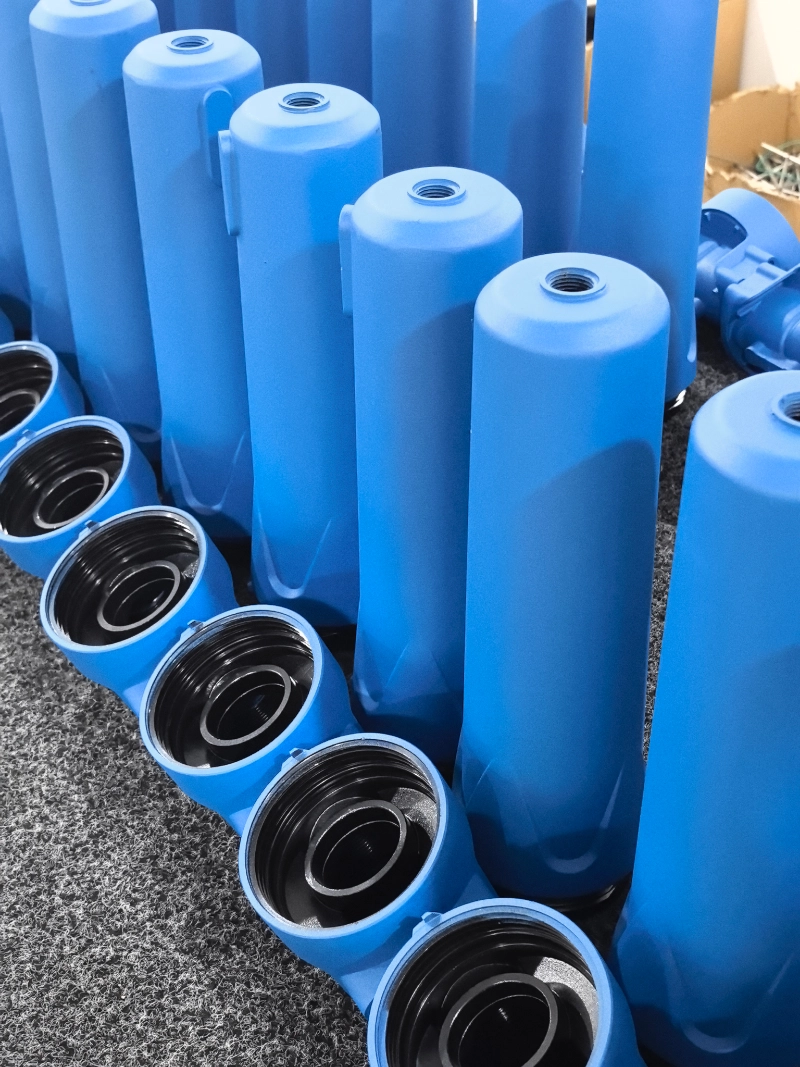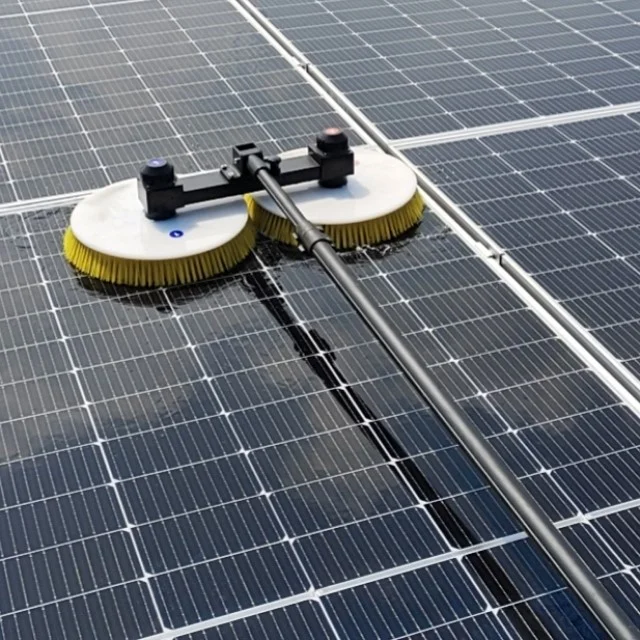In the realm of manufacturing, assembly plays a pivotal role in transforming individual components into functional and market-ready products. This intricate process involves the integration of various parts, subassemblies, and systems, ultimately giving life to a wide range of consumer goods and industrial equipment. In this blog post, we will delve into the depths of assembly in manufacturing, exploring its significance, methodologies, and the cutting-edge technologies that have revolutionized this field.
- Understanding Assembly in Manufacturing:
Assembly refers to the process of joining individual components or subassemblies to create a final product. It encompasses a wide range of techniques, including mechanical fastening, welding, soldering, adhesives, and more. The primary objective of assembly is to ensure the seamless integration of parts, guaranteeing the functionality, reliability, and durability of the end product. - The Significance of Assembly:
Assembly is the cornerstone of modern manufacturing, as it bridges the gap between component production and the final product. It enables manufacturers to optimize production efficiency, reduce costs, and meet the ever-increasing demands of consumers. Moreover, assembly allows for customization, enabling manufacturers to offer a diverse range of products tailored to specific customer requirements. - Assembly Methodologies:
a. Manual Assembly: This traditional approach involves skilled workers manually assembling components using hand tools and equipment. While it offers flexibility and adaptability, it is labor-intensive and prone to human error.
b. Automated Assembly: With advancements in robotics and automation, manufacturers have embraced automated assembly processes. Robots equipped with specialized end-effectors perform repetitive tasks with precision, speed, and consistency, ensuring higher productivity and quality control.
c. Lean Assembly: Inspired by lean manufacturing principles, lean assembly focuses on eliminating waste, streamlining processes, and maximizing efficiency. It involves careful planning, standardized workstations, and continuous improvement to optimize assembly operations. - Cutting-edge Technologies in Assembly:
a. Collaborative Robots (Cobots): These robots work alongside human operators, enhancing productivity and safety. Cobots are designed to perform intricate assembly tasks that require human dexterity, while also reducing the risk of repetitive strain injuries.
b. Augmented Reality (AR): AR technology provides real-time visual guidance to assembly operators, overlaying digital instructions onto physical components. This improves accuracy, reduces training time, and minimizes errors during assembly.
c. Internet of Things (IoT): IoT-enabled assembly lines facilitate real-time monitoring and data analysis, optimizing production efficiency, predicting maintenance needs, and enabling proactive decision-making.
Conclusion:
Assembly is the vital link that transforms individual components into functional products, driving the manufacturing industry forward. From manual assembly to automated processes and cutting-edge technologies, manufacturers continually strive to enhance productivity, quality, and customer satisfaction. By embracing the latest advancements and methodologies, manufacturers can unlock new possibilities, revolutionizing the way products are assembled and delivered to the market.






+ There are no comments
Add yours